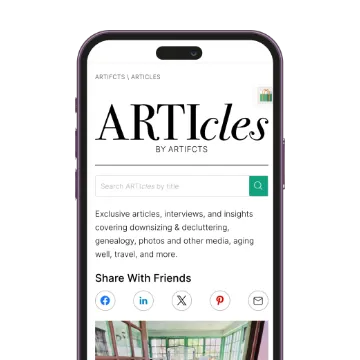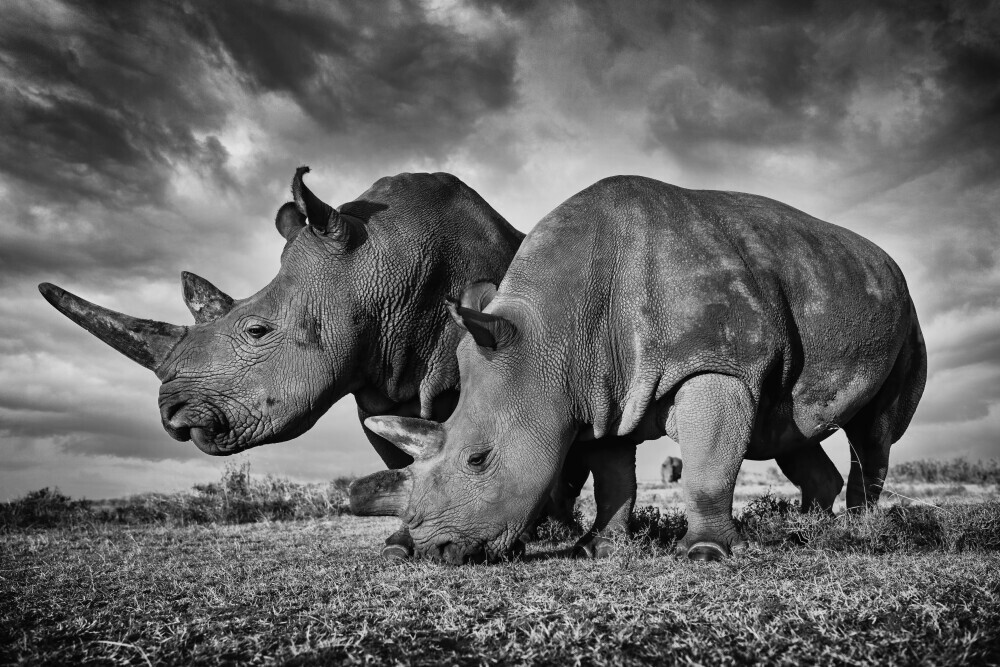Today's story indulges Artifcts co-founder Ellen Goodwin’s fascination with the stars. She even has an Artifct or two about it. You can read one of them here. If nothing else, just like the act of creating an Artifct, let this story help remind you to take a pause to look up and enjoy the vastness of the universe and the potential within each of us every day to play an oversized role in it from our little slice of the universe.
____________
Close your eyes.
Picture a lighthouse.
Is it hanging out alone on a rocky bluff or stony beach? Is it sun-shiny daytime or deep dark night?
Would it surprise you to learn that most photographs of lighthouses only show these sentinels by day? Until recently, that is.
Lighthouses today are largely on private land or public park spaces, both with controlled access. Even with access granted, you have weather, water, and other environmental conditions, including wildlife (Porcupines! No joke. Read the book USA Stars & Lighthouses.), to contend with if you want a close-up view. So logically most of us capture pictures of lighthouses only by day and often by boat or from some distance as in the photo shown in the Artifct Our Cape Cod Whale Tale.
We had the good fortune to connect recently with David Zapatka, who has spent his professional life behind the lens of high-powered video cameras that bring the world everything from investigative news from the field to NCAA men's basketball tournaments and the Olympics. Privately, however, David was hooked on photography from the moment he realized his passion would be supported by submissions to his school yearbook, feeding him a constant supply of film and access to the people and places of the moment.
Access and control - two of the most critical factors in photography. Control is about lighting. David preaches to his students: control - control - control. As for access, well, you know, can you get close to it? The third critical ingredient for David is passion. Conservancy, national history, community, all of these play into David's work to at last capture lighthouses at night, doing the work they were designed for, bringing ships safely to harbor, providing hope in a sea of dark, and reminding us we are infinitely small in this vast universe.
David is creating a personal legacy in this work. For his kids and grandkids, for all of us, he'll know he left us something special.
For each lighthouse in his book USA Stars & Lights: Portraits From the Dark David includes the story behind the shoot. Who owns and operates the lighthouse, how did he get access, what were the conditions when he went once (sometimes twice) to get the shot, and for budding photographers, even the technical details. Because there is no hocus pocus or photoshop here. You need to earn every bit of it.
With no further ado, enjoy these special Artifcts from our friend David Zapatka.
 ABOVE: Assateague Lighthouse. Often shooting lighthouses at night involves critical timing. Sometimes you can't gain night access to lighthouses if the gates are locked. At the Assateague Lighthouse in northern Virginia, only at certain times of the year is the park open long enough into the night to photograph the lighthouse before you must leave or get caught locked in for the night! Click the image to view the Artifct.
ABOVE: Assateague Lighthouse. Often shooting lighthouses at night involves critical timing. Sometimes you can't gain night access to lighthouses if the gates are locked. At the Assateague Lighthouse in northern Virginia, only at certain times of the year is the park open long enough into the night to photograph the lighthouse before you must leave or get caught locked in for the night! Click the image to view the Artifct.###
© 2022 Artifcts, Inc. All Rights Reserved.
ABOUT DAVID ZAPATKA
Rhode Island native David Zapatka's work regularly appears on national news and sports programs for ABC, CBS, CNN, HBO, NBC, and PBS. He’s covered six Superbowls, 20 years of the NCAA Men’s Basketball Tournament, four winter Olympic Games for which he won two National Sports Emmy awards for his contributions to the NBC coverage of the Olympics in Salt Lake City in 2002 and Vancouver in 2010. David's lighthouses work began in 2013 as a project that became so much more.















 Click to view the Artifct of the Wimberley fundraiser
Click to view the Artifct of the Wimberley fundraiser





